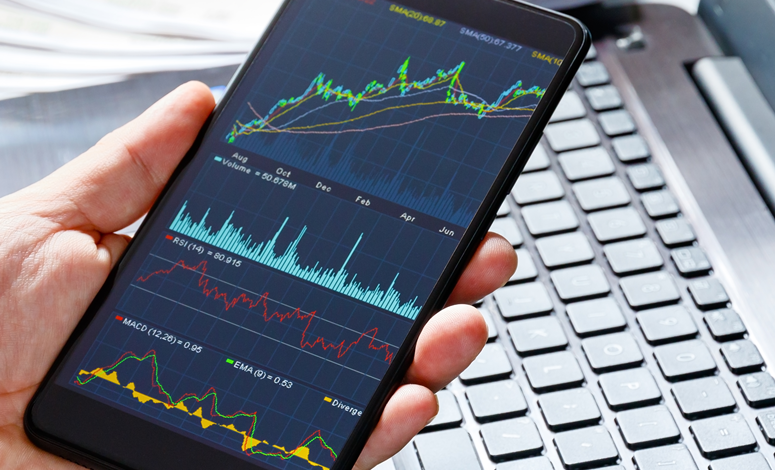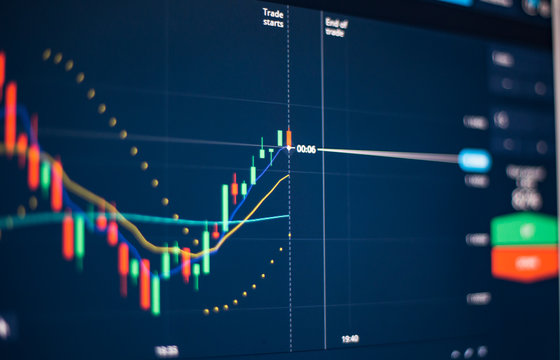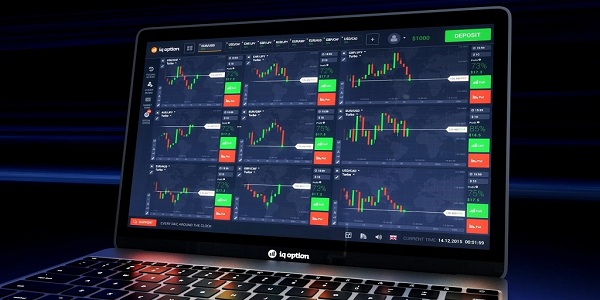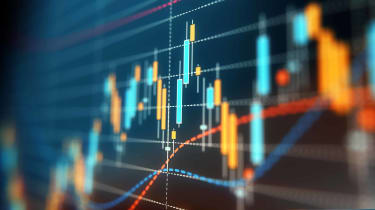Trading: Definition, How it Works, Types, Risks and Trading Guide
You can get a source of passive income not only from stock investments. But from the trading activity you should also think.
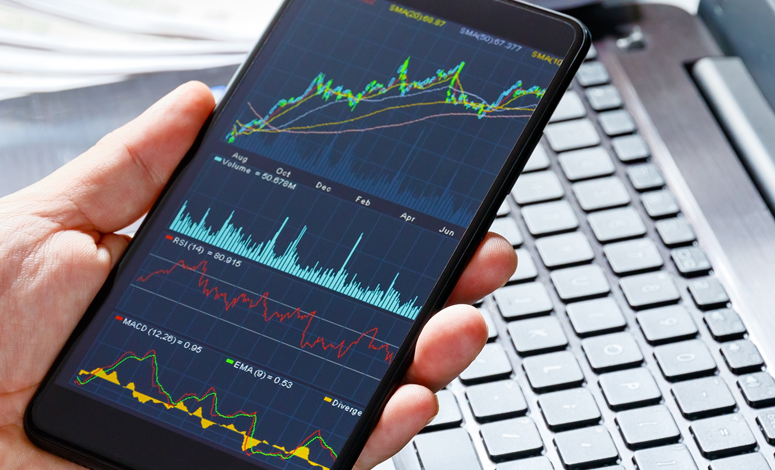
If you are a beginner and want to learn to trade, there is nothing wrong with reading the following review. So you better understand the buying and selling of these financial instruments.
What is Trading?
Trading refers to the process of buying and selling in the capital market to make a profit – EKRUT
In simple terms, trading is an activity that refers to the process of buying and selling in the capital market in a short period of time to get the maximum profit.
One of the trading activities that you may often hear about is forex trading or forex trading.
The profit gained from this activity comes from the difference between the selling price and the purchase price because the trader must decide when to buy a currency when the price is low and sell it when the price is high.
In practice, trading is sometimes viewed as the same as investing. Although the two are different, the difference is,
- Investments take a long-term approach, which is usually the goal of investing in pension funds.
In fact, Trading is the opposite of the short-term approach to buying or selling financial instruments.
- Investors are generally satisfied with annual returns ranging from 10-15%. Meanwhile, traders are looking for a monthly profit return in the range of 10 percent.
- Investors are looking for greater profits in the long run. Meanwhile, traders earn smaller and more frequent profits by taking advantage of the ups and downs of the market value.
How Trading works and its types
Many people think that trading is part of gambling or gambling
Because the profits obtained are very large in a short period of time, many people think that trading is part of gambling or gambling activities. Please note that gambling is based on luck and speculation and is included in criminal acts.
Meanwhile, trading or professional traders build this activity based on the knowledge they have, to consider the profit and loss by conducting an in-depth analysis before making buying and selling transactions of financial instruments.
In addition, commercial activities are also closely monitored by the government through the Commodity Futures Trading Supervisory Agency (Bappebti).
Any price change that occurs in Trading is not due to the intervention of any particular party. But due to economic conditions and other factors affecting fluctuations in market values.
In trading, each trader independently carries out his transaction activities through a broker’s intermediary. Broker is a term that refers to a company or person connecting transactions that occur between a trader and the capital market.
Later, through this broker or futures broker, you can do online trading activities. But also pay attention in choosing a professional broker that is official and registered with Bappebti to avoid fraud.
After knowing how trading works, it is incomplete if you don’t know the types of instruments traded in trading activities. Because this will determine the area where you focus on being a trader.
1. Forex trading
Foreign exchange trading is the activity of trading currencies from different countries for profit.
An illustrative example of forex trading activity is when yesterday I bought 100 US dollars with a stock price of 14,500 Rupiah so that the total expenditure to buy dollars was 1,450,000 Rupiah.
Not long after about two weeks later, the dollar consolidated, bringing the dollar bill to 15,000 Rupiah. You’re also thinking about selling all the dollars you have for $100.
This way you get a profit of IDR 500 per dollar, which if totaled reaches IDR 50,000 with the amount of money earned reaching IDR 1,500,000.
2. Gold trading
Unlike storing gold or investing in gold, gold trading is the process of buying and selling gold in the forex market without having to physically own gold.
It is part of the commodity trading type that can be traded within 24 hours from Monday to Friday. In the forex market, gold will be considered as money denoted by XAU along with the US dollar currency.
Generally, if the dollar is expected to fall, then the trader will buy gold or buy XAU and sell the US dollar.
3. Cryptocurrency trading
Cryptocurrency is a unique and intangible digital currency with a high value. Not all countries consider this type of digital money legal, but more and more people are interested in cryptocurrencies or bitcoin.
You can trade cryptocurrencies 24 hours a day in 7 days, but this type of trading does not occur on regulated markets or exchanges.
4. Stock trading
Another common type of trading is stock trading. However, this trading is different from investing in stocks in general.
Because in stock trading, this is not a long-term form of investment, but a process of buying and selling stocks in the short term. Traders buy stocks when prices are low and then quickly sell them when prices are high.
This way stock traders will get a quick capital gain through this process.
5. Trade in Comm0dity
Commodity trading is the process of buying and selling commodities through derivative contracts, futures contracts or in direct physical form.
The commodities traded are primary economic commodities such as coffee, sugar, wheat, cocoa, gold, petroleum, coal, etc. It should be noted that this market does not trade manufactured products, but trades goods.
If you are interested in trying to trade these commodities, you can visit the Commodity Market of the Jakarta Futures Exchange which supports buying and selling commodities in real time and online.
Risks and ways of trading to reduce losses
One of the risks of trading is the risk of trading
Are you sure you still want to trade? If so, it never hurts to know the risks that arise when carrying out this trading activity.
1. Commercial risks
In general, the risks associated with trading take the form of gap risk, poor execution, and slippage. The risk of a gap is when the trade is disrupted.
The risk of poor execution occurs when a trader or broker encounters problems while trading. Meanwhile, the risk of slippage involves hidden costs on each transaction.
2. Market risk
Market risk is a situation where traders cannot control the situation because such factors come from external sources, such as inflation risk, stock price movements, exchange rates, commodity prices and interest rates.
3. Investment risk
Investment risk is related to two things, namely focus and opportunity risk. Concentration risk is when you invest too much in one thing because you lose even when that investment goes down.
Meanwhile, the risk of opportunity implies a balance of trade-offs. When you lose an investment opportunity, while the money is invested in other investments.
To reduce the different types of risks mentioned above, you need to know the right way to trade to minimize losses. Here are some tips you can do.
- Develop the right trading plan by measuring the failure and success of the process of buying and selling financial instruments. Generally in this plan you will use stop loss and take profit strategies.
- Measure the value of risk in each business run. Because trading with higher risk will give high returns and vice versa.
- Calculate the expected return. To get an idea of the profit and loss you will have, you can use this formula (Probability of Profit) x (Take Profit% Profit)] + [(Probability of Loss) x (Stop Loss% Loss)].
- Use the one percent rule. This means that no more than one percent of your capital or trading account is invested in a single trade.
- Diversification. To avoid losses on one trading instrument, you should divide your trading or investment instruments into sectors such as cross-geographical industries.
Those are some things you should know as a trading beginner if you want to get into this field. You can also use the above steps to reduce risks and earn profits.
It would be better if you continue your trading skills, especially in market or fundamental analysis so that the decisions you make are correct.
